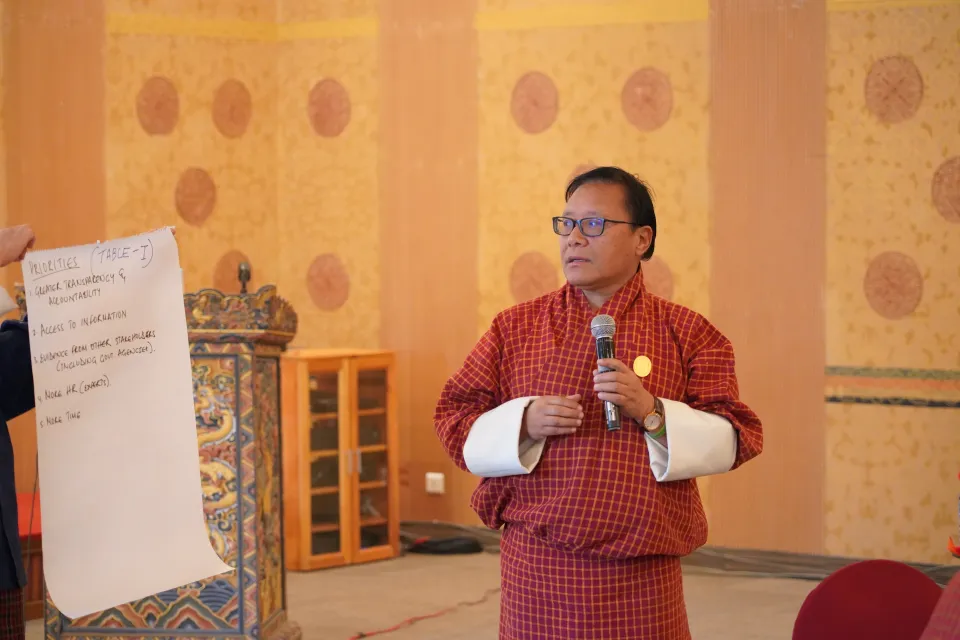Haiti holds first round of legislative elections despite irregularities, violence and low turnout

Following a four-year suspension, Haiti held the first round of the parliamentary elections on 9 August. Now in preparing for the run-off elections as well as the first round of the presidential and local elections scheduled for 25 October, there are some lessons to be learned to ensure a successful outcome.
In August, despite skepticism and numerous irregularities, an extremely high number of candidates competed for seats reflecting the splintering of the political scene. The officially recognized 128 political parties presented 232 candidates to fill 20 Senate seats and 1,623 for the 119 lower house seats. Final results of the first round are yet to be published by the Haitian electoral management body.
After the August election both Haitian officials and electoral observers played down reports of violence and irregularities. Pierre Louis Opont, head of the Provisional Electoral Council (CEP), said during a press conference he was satisfied with the performance. And Elena Valenciano, head of the European Union’s observation mission, said that “although there have been incidents in some polling centers, these issues have generally been addressed.”
According to political observers, the major problem that infuriated the parties and voters alike was that, because of technical printing difficulties, as explained in a communiqué from the CEP, political parties’ electoral monitors were not given accreditation cards on time, severely limiting their capacity to observe the process itself. However, many who did have a card complained that they were not allowed to either observe the process or vote at the center where they were assigned.
Another problem according to many political parties was that voting was suspended in dozens of polling stations due to violence and irregularities, though the CEP claims that only a small number of stations were closed, affecting approximately 5 per cent of Haiti’s 5.9 million registered voters (about 6.1 million eligible voters).
Four days before the vote, the parties had denounced that there were electoral lists without the name of voters. On Sunday, a number of voters actually complained about their names missing from lists attached to the centers.
Polling stations across the country opened late, materials were missing and in some communities, the balloting was disrupted by vandalism after angry political party supporters and voters accused elections supervisors of favouring party monitors close to sitting President Michel Martelly.
As many as 53 out of 1,508 polling stations were closed. At one polling station in Port-au-Prince, election workers fled after the crowd overpowered police and besieged the station, accusing election workers of preventing opposition monitors from observing the process. Many such scenes have been reported at other locations in the country.
The turnout is not higher than 18 percent, according to preliminary election results released by the CEP. Despite these reported incidents, all registered political parties participated, although some had initially threatened to boycott the elections. For the first time in Haiti’s electoral history, the CEP excluded 16 candidates convicted with fraud or electoral violence. Some electoral districts will have to redo the election, opening the way for some parties and candidates who lost to question more widely the electoral process.
The runoff elections scheduled to be held on 25 October alongside the first round of presidential and local elections, yet much uncertainty remains regarding the next political and electoral developments.
During the past three years International IDEA has worked closely with political parties in Haiti to encourage political and ideological alliances to avoid the splitting of forces among the 128 parties currently recognized in Haiti. Numerous workshops were held across the country to discuss the new electoral law and the law on political parties, to generate consensus among main political actors. Two groups of political parties are currently exploring possibilities to present a common candidate for the presidential election. Although such decision arrives late in the electoral process, if successful it would allow reducing by 12 the number of candidates. Training sessions of the Electoral Council’s staff, of regional offices, has contributed to improving their performance.



